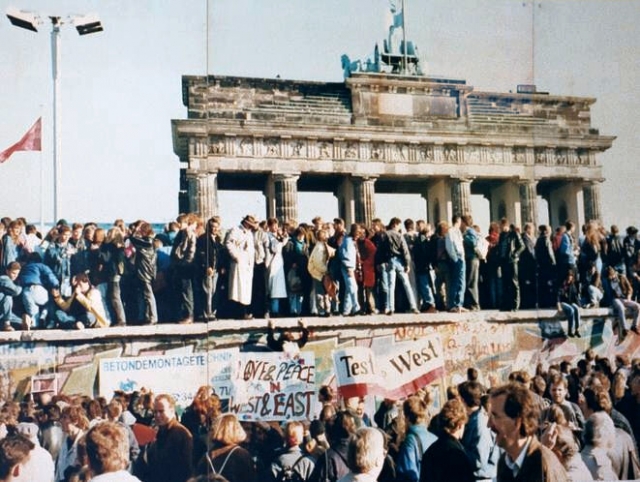The Berlin Wall – 30 years on

The Berlin Wall was one of the most important symbols of the political and ideological divisions in Europe during the Cold War. The physical presence of a wall that quite literally cut a city, a country and Europe into two sides was a constant reminder of how separate East and West Europe were following the Second World War.
The Berlin Wall divided families and communities; it stopped communication and the freedom of movement. The East Germans with the support of the Soviet Union built the wall to control the population of Berlin, and its presence led some people to make desperate attempts to get from East to West. The concrete section of the wall in Berlin was over 3 metres high, it had barbed wire, a no-man’s-land section and armed border guards. At least 136 (and probably over 200) people were killed trying to get across the wall from East Germany to West Germany.
In the late 1980s the Soviet Union under the leadership of Mikhail Gorbechev started to introduce political reform to Eastern Europe. This led to democratic awakenings across Europe including in East Germany. Civil unrest in Berlin resulted in groups beginning to tear down the wall on 9 November 1989, which in turn helped lead to the demise of the East Berlin state. The wall was officially demolished in 1990.
Today the remains of the wall are a reminder of the dangers of oppressive states and divided politics.
Find out more in our podcast about Cold War Germany by Dr Holger Nehring of the University of Sheffield:

